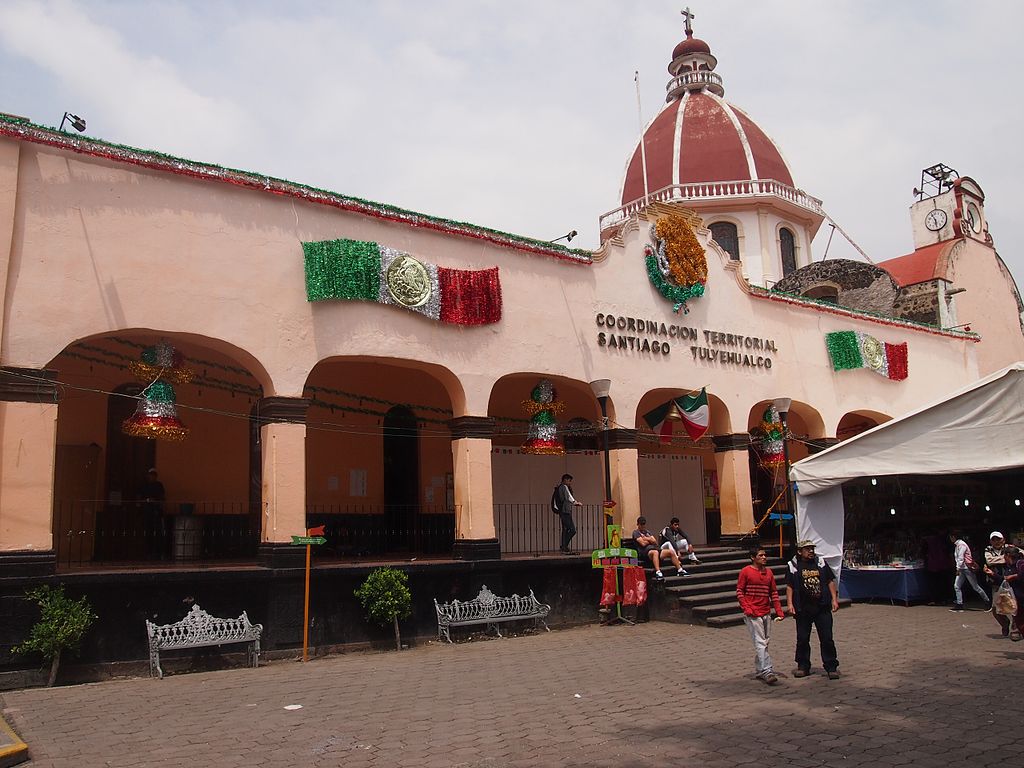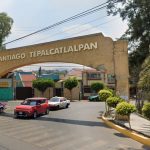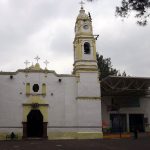
Santiago Tulyehualco es uno de los 14 asentamientos originarios en Xochimilco y uno de los pueblos más importantes de la cadena de pueblos chinamperos que se extienden hasta los límites de la ciudad en el sureste. Estas localidades sobreviven aún hoy por la agricultura tradicional, y la ciudad ha aprendido mucho de sus métodos de gestión sustentable del agua y de sus humedales.
El nombre náhuatl de Tulyehualco se traduce como “lugar entre los árboles tule”. Se encuentra en las laderas septentrionales del Volcán Teuhtli y se cree que fue fundado alrededor de 1181 por los xochimilcas.
Para el año 1409, siete familias mexicas conquistaron Malacaxtepec Momoxco, la actual Milpa Alta, y se erigieron en gobernadores de la zona. Aquí construyeron la primera sección de un sistema de diques para controlar los niveles de agua de los lagos y para separar las aguas saladas del lago de Chalco de las aguas dulces del lago de Xochimilco. Para marcar el acceso sur al dique de Cuitláhuac se edificó un arco de piedra que aún se conserva. En la localidad de Tlaltenco se halla un arco similar, que antiguamente marcaba el acceso norte.
Hoy en día la localidad de Santiago Tulyehualco es conocida por sus dos festivales anuales: la Feria de la Alegría y el Olivo, que tiene lugar cada mes de febrero, y la Feria Nacional de la Nieve, dedicada a los helados y sorbetes artesanales, que se festeja durante el mes de abril. Ambas celebraciones se centran alrededor del mercado de la ciudad y el Parque Tulyehualco.

Cercano a 0.12 kms.

Cercano a 0.13 kms.

Cercano a 0.80 kms.

Un templo del siglo XVIII en uno de los asentamientos originarios de Xochimilco.

Uno de los 14 asentamientos originarios de Xochimilco, este es el hogar del Departamento de Arte y Diseño de la UNAM.

La iglesia parroquial de San Gregorio Atlapulco, en Xochimilco...

Uno de los pueblos agrícolas más famosos y encantadores de Xochimilco...

Pequeños pueblos lejanos como Mixquic en Tlahuac son buenos para una visita fascinante en cualquier época del año.